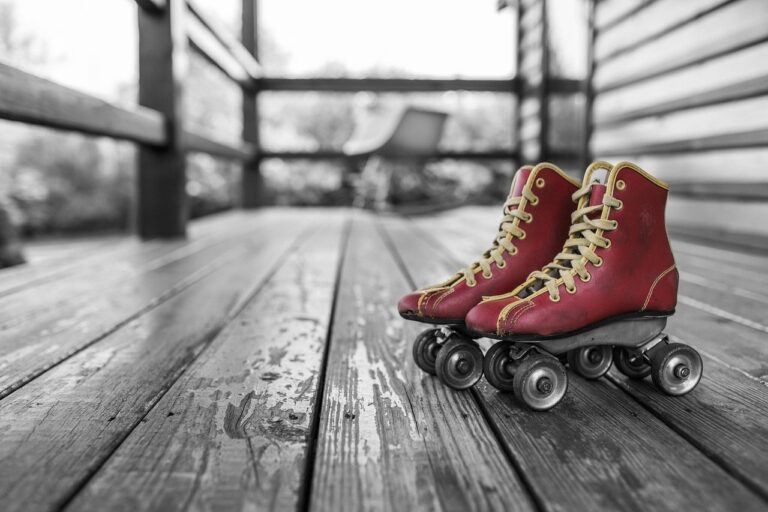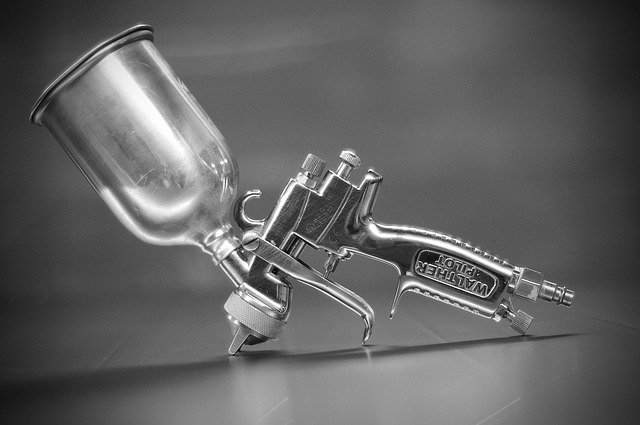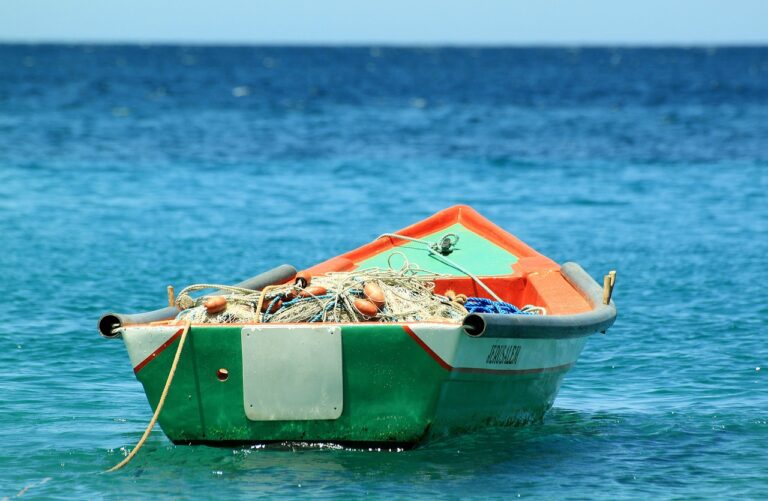How to Prep a Room for Paint
Could be you need to paint your newly constructed room or carry out paint restoration to improve interior outlook impression. Then, it’s crucial to prep the room. 
On how to prep a room for paint, you will need to select appropriate material and tools for prepping, clean the room, and strip old paint before sanding the ceiling/walls to remove debris and surface roughness.
Further, you are required to dust and wash the walls/ceiling (where appropriate), seal/repair the damaged ceiling/walls, polish the entire surface sufficiently to improve paint stickiness ability and reduce drain formation when painting.
It would also help if you covered/protected the floor and other fixtures from paint staining during actual application. Notably, follow precautions and safety measures highlighted in this article to avoid injuries and other health hazards. See Also: Chemical Paint Remover for Wood.
Details: How to Prep a Room for Paint Effectively
a. Materials and Tool Selection
- Putty knife or paint scraper – for stripping
- A sander and a vacuum cleaner
- A piece of cloth and clean water
- Partying compound and surface cover
- Fine grade sandpaper and paintbrush
- Polishing machine and thinner
- Protective gear – gloves, respirator, dustcoat, boots, goggles, etc.
b. Clean the Room
Clean the walls, floor, and ceiling to remove surface dust or debris that may have settled previously.
To do this, you can opt to sweep using a broom or run a vacuum cleaner over the surface.
Cleaning is crucial as it helps identify sections that need stripping, sanding, or polishing without much straining.
Moreover, surface cleaning opens pores or surface holes sealed by the dust particles or debris.
c. Strip Old Paint
Old paint should be stripped entirely to create a smooth paint contact surface – boosts surface stickiness ability.
When stripping, it’s advisable to thin the walls/ceiling sufficiently to break paint molecular bond and hence ease the removal process – the paint thinner should match the applied old paint (oil-based thinner should be used over oil-based paint and vice versa)
Gently, strip the paint layer using a putty knife/a paint scraper, – be keen when running the scraper over the old paint to protect primary surface material from damage.
Repeat the procedure until the entire paint is removed – there should be minimal old paint traces on the surface.
d. Sand the Ceiling/Walls
Using medium grade sandpaper, sand the paint stripped surface gently (prevents structural damage) to remove old paint remnants.
For vertical wall, run the sandpaper up and down and then back and forth horizontally – this motion reduces surface grain damage, affecting the paint surface finish.
In the case of a wood reinforced room, consider running the sandpaper along the grain material direction.
Alternatively, pass a sander or a polishing machine over the wall surface – avoid over pressing, which may damage grain structure or the primary material.
Continue sanding until the traces of old paint are entirely removed. Notably, when using a sander, follow the manufacturer’s user guide. See Also: Paint Remover for Cars.
e. Dust and Wash the Wall
Sweep the dust or vacuum the sanded walls/ceiling using a vacuum cleaner.
Then, wash/mop the surface with a wet clean piece of cloth to remove any dust or surface debris that may be left behind.
Besides, let the wet wall/ceiling remain for some time to attain complete dryness before carrying out the next step.
f. Seal/Repair the Damaged Ceiling/Walls
Seal the porous surface holes using putty or parting compounds. Repair the damaged sections and ensure that the entire surface is completely sealed.
Avoid using excess filler material, which may be cumbersome to remove during the final polishing process.
g. Polish the Walls and Ceiling
Using a polishing machine, smoothly run it over the repaired sections and sealed areas to attain an even and smooth final surface finish.
The polishing machine should run at a low RPM (speed) to protect the surface from further damage. Finally, mop the polished sections and leave them to dry completely.
When selecting a polishing machine, match it with surface material under preparation – purchase a wood polishing machine for interior wood reinforced walls/ceiling or a concrete polishing machine for concrete walls/ceiling.
See Also: Thinning Oil Based Paint for Spray Gun
h. Protect Floor/Fixture from Paint Staining
Before actual priming or painting is carried out, cover the floor (with polyethene paper) to protect it from stained.
Fixtures such as curtain rails, stair rail, and fixed furniture should also be covered to prevent them from paint staining.
You may need to remove furniture, picture frames, and other removable items far before you even start room preparation – you protect them from staining and getting dirty.
NB: Areas that are not meant for prepping should be covered sufficiently.
Which Problems Occur if you Paint Room without Prepping?
1. Low Stickiness ability
Wall/ceiling surface preparation eliminates the roughness and debris, which impend and weakens paint stickiness ability upon application.
The paint action formulation is inhibited from penetrating through the primary material surface, leading to weak adhesive force on the surface contact.
Further, the dust that sticks on the walls/ceiling creates an internal layer that initiates scuffing with time.
2. Excess Drains and Runs
The presence of dust and surface debris leads to paint drains/runs, especially when using a paintbrush or a roller. Usually, the dust or debris repels the paint solvent upon contact leading to surface runs.
Rugged wall/ceiling surface also offers a channel through which the paint molecules form runs/drains upon application.
Moreover, the ceiling’s low stickiness action leads to unnecessary dripping, which may stain the floor if not attended to. See Also: Removing Latex Paint from Concrete.
3. Initiates Peeling and Chipping
Peeling is a problem that occurs when the paint layer detaches from the surface due to low stickiness action beneath it.
The painted surface may peel slightly or fully as per the level of the adhesive bond. Surfaces that are not prepped are highly prone to peeling action than prepped ones.
On the other hand, chipping results from point paint weakness beneath the paint layer, which dislodge in particle form.
Moisture content embedded within walls or ceiling (which is not prepped) accelerates chipping action. It kills the paint chemical action formula to remain stuck on the surface for a longer period.
Upon prepping, walls and ceiling should be dried completely (before painting) to improve stickiness action and eliminate peeling/chipping chances.
4. Forms Uneven Surface Finish and Streaks
Room walls and ceilings that are not prepped usually have a rough surface – contain valleys and ridges.
Direct paint application without prepping (in a room) leads to uneven surface finish.
Moreover, using a roller on such surfaces may lead to streaks, which are difficult to correct once dried – streaks destroy the overall outlook impression.
Upon sanding and polishing walls/ceiling, the roughness/ unevenness on the surface is eliminated. Therefore, the paint coat forms a uniform/even layer, which is finely finished and attractive.
Remember, cleaning the polished surfaces is paramount before the actual paint application to improve overall surface stickiness.
5. Forms a Non-Uniform Finish Appearance
The finish impression is affected by the level of wall/ceiling prepping carried out.
Insufficient prep action leads to unmatched colour fading within the paint-coated room – some areas appear densely coloured than others.
Non-uniform finish appearance is more pronounced when you repaint a room, which is not prepped – the faded colour appears brighter than the original dull colour upon drying.
Prepping a room for paint creates a uniform surface, which leaves a uniform and stains free surface upon paint application.
See Also: HVLP Spray Gun for Lacquer
Importance of Priming Room before Actual Painting
It’s recommended to prime your room before actual paint for some of the following reasons:
1. Improves Secondary Paint coat stickiness
The primer provides surface contact over which the secondary coat layer is going to be applied.
The primer solvent helps seal the porous surface and holes, leaving an even finish, which boosts paint adhesive force.
The unprimed surface has low stickiness action and allows the formation of drains/runs, especially when applying paint with a paintbrush.
2. Reduces Repainting costs
The primed surface requires a few paint layers to achieve the best final finish.
Unlike the unprimed surface, primed walls/ceiling are not readily susceptible to peeling, scuffing, and chipping action, which calls for frequent repainting.
Besides, the primed room resists scratches and surface damage that may affect the primary wall material.
Fading is less pronounced on a primed wall surface as compared to an unprimed one.
3. Boosts overall service life and outlook
Primed room boost paint stickiness and hence the overall service life (before damage) is improved.
Moreover, the appearance of a primed wall/ceiling is stunning and attractive compared to an unprimed one.
Indeed, when painting a primed wall, you can achieve a smooth surface finish quickly than an unprimed surface.
See Also: Paint Sprayer for Exterior Walls
Precautions and Safety Measures to Consider When Prepping Room for Paint
During room prepping activity, it’s necessary to adhere to the following precautions and safety measure to eliminate any accidents or health hazards:
- Always put on protective gear (goggles, facemask, gloves, dustcoat, boots, and respirator) when prepping your room for paint.
- Gently sand the wall surface with a sander or sandpaper to avoid dislodging/damaging surface material.
- Mop the polished walls/ceiling with a clean piece of cloth and water to remove dust and surface debris, which lower surface stickiness action.
- Cover the floor and other fixtures during the prepping action to protect them from being damaged or getting stained.
- The mopped section should be dried completely before paint application is made to avoid chipping or peeling occurrence.
- Strip old paint before sanding/polishing to prevent surface damage/boost stickiness ability upon paint application.
- The cleaned surface waste and debris material should be swept and disposed of appropriately – in a dustbin or garbage pit.
- Consider thinning old paint before stripping to weaken the paint bonds and reduce surface damage when stripping.
- Prime newly constructed room to improve paint stickiness and eliminate drains.
- Fill the damaged walls/ceiling surface with parting compound and gently polish before actual painting is carried out.
- Always match the selected tool with the room’s primary surface material when prepping to avoid chances of structural damage.
See Also: Paint Sprayer for Ceiling
Conclusion
Having read this article on how to prep a room for paint, I believe that you gained both application skills and surface restoration art, which will boost your DIY painting project.
Usually, you are required to select the right material and tools for prepping activity, clean/sweep the room, and strip old paint before sanding the ceiling/walls to eliminate debris and surface roughness.
Besides, it would help if you had to dust and wash the walls/ceiling (where appropriate), seal/repair the damaged ceiling/walls, polish the entire surface sufficiently to improve paint stickiness ability and reduce run formation when painting.





